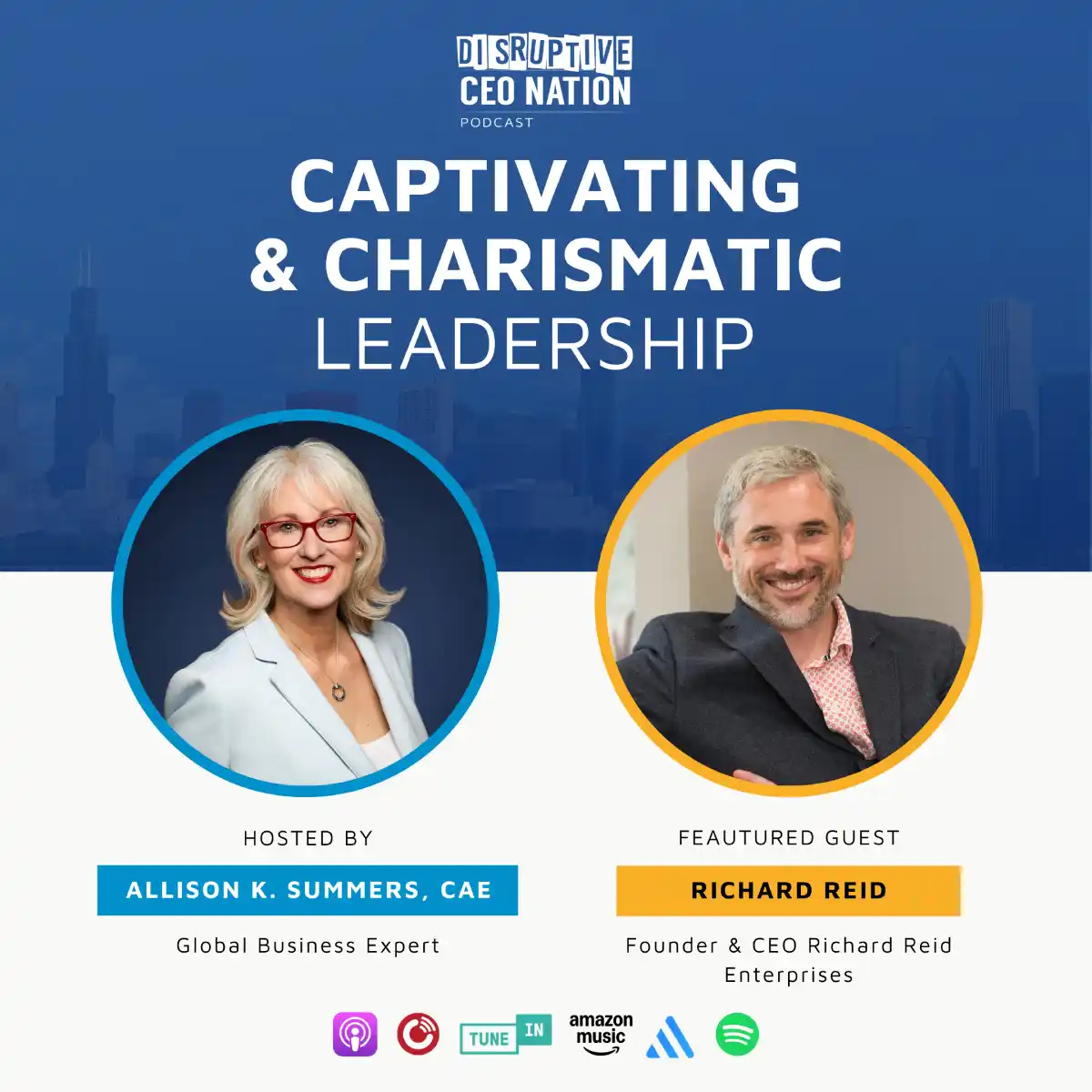A Practical Framework for Business Leaders
Introduction
Today’s rapidly evolving business landscape demands a profound shift in how organisations treat employee well-being. A well-being-first culture goes beyond implementing isolated health perks; it embeds well-being into the very fabric of an organisation’s values, operations, and leadership style.
Building a well-being-first culture isn’t just a moral imperative—it’s a proven driver of productivity, employee retention, and organisational resilience. Research from Deloitte underscores this, finding that organisations with a strong focus on mental health and well-being see a return of £5 for every £1 invested in such initiatives.
This whitepaper provides a detailed framework for creating a sustainable well-being-first culture. It is designed to equip business leaders with actionable strategies for supporting their workforce while achieving long-term organisational success.
The Business Case for a Wellbeing-First Culture
- Improved Productivity
Prioritising well-being helps employees feel energised, focused, and engaged. Gallup studies show that employees who feel their well-being is supported are 21% more productive and demonstrate greater initiative. - Reduced Absenteeism and Turnover
Stress-related absences are costly. According to the UK Health and Safety Executive (HSE), work-related stress, anxiety, and depression accounted for 57% of all lost working days in 2023. A well-being-first culture reduces burnout, helping organisations retain top talent. - Enhanced Employee Engagement
A well-being-first culture sends a clear signal to employees that their mental and physical health matters. This fuels higher employee engagement, creating a positive feedback loop that benefits the organisation and its people.
Key Pillars of a Wellbeing-First Culture
A wellbeing-first culture requires a structured, holistic approach. It encompasses:
1. Leadership Commitment
Leadership is the cornerstone of cultural transformation. Leaders must model wellbeing behaviours and actively support initiatives.
2. Psychological Safety
Employees should feel safe expressing concerns, sharing challenges, and seeking help without fear of judgment or repercussions. Cultivating psychological safety fosters trust and openness.
3. Employee Involvement
Involving employees in designing and improving wellbeing initiatives ensures that programmes meet their needs and preferences.
4. A Holistic View of Wellbeing
Wellbeing isn’t one-dimensional. Effective programmes address physical, mental, emotional, social, and financial wellbeing.
The Framework for a Wellbeing-First Culture
Step 1: Assess Employee Needs and Organisational Readiness
- Conduct surveys, focus groups, and one-on-one interviews to identify major stressors and well-being gaps.
- Use data from HR analytics to benchmark absenteeism, turnover rates, and employee satisfaction.
Step 2: Define a Wellbeing Vision and Goals
- Articulate a clear well-being vision that aligns with organisational values.
- Set measurable objectives, such as reducing absenteeism by 15% or increasing engagement scores by 10%.
Step 3: Create Programmes and Initiatives
Design initiatives that address identified needs and deliver on your well-being mission. Examples include:
- Physical Wellbeing: On-site fitness programmes, healthy meal options, and annual health check-ups.
- Mental Wellbeing: Employee Assistance Programmes (EAPs), mindfulness and meditation training, and access to counselling.
- Work-Life Balance: Flexible working hours, hybrid work policies, and designated “no-meeting” days.
Step 4: Secure Leadership Buy-In
- Organise well-being workshops for leadership to build awareness of its benefits.
- Develop business cases demonstrating the ROI of well-being-first programmes.
Step 5: Communicate and Normalise Wellbeing
- Use regular internal communications (emails, newsletters, team meetings) to highlight initiatives and successes.
- Celebrate participation by sharing employee stories and testimonials.
Step 6: Establish Systems of Accountability
- Assign senior leaders or managers as well-being ambassadors responsible for driving initiatives company-wide.
- Build well-being KPIs into team and departmental goals.
Building Leadership Buy-In
A wellbeing-first workplace must be modelled and championed from the top. Leaders play a pivotal role in demonstrating commitment:
- Lead by Example: Demonstrating work-life balance, taking mental health days, and participating in wellness programmes set a powerful precedent.
- Openly Discuss Wellbeing: Create transparency by sharing personal anecdotes about stress and resilience, showing employees that vulnerability is a strength, not a weakness.
Actionable Strategies for Creating Wellbeing-First Initiatives
- Launch Regular “Wellbeing Check-Ins”
Encourage managers to incorporate wellbeing discussions into regular 1:1s or team meetings. Open-ended questions like, “How’s your workload?” or “What can we do to support your mental well-being?” promote open dialogue. - Implement Peer Support Networks Designate wellbeing champions or employee-resource groups that can offer informal support and connect colleagues with professional resources.
- Expand Mental Health Resources Provide employees with access to counselling through Employee Assistance Programmes (EAPs) or external partnerships.
- Incentivise Wellbeing ParticipationOffer tangible incentives, such as subsidised gym memberships, wellbeing stipends, or rewards for consistent participation in wellbeing activities
Monitoring and Adapting Wellbeing Initiatives
Effective well-being programmes evolve based on data and feedback.
1. Track Key Metrics
Capture progress against your objectives using the following:
- Absenteeism rates.
- Participation rates in well-being initiatives.
- Turnover and retention figures.
- Employee satisfaction and engagement survey scores.
2. Analyse Qualitative Feedback
Pay attention to employee feedback in surveys, town halls, and well-being focus groups to identify what is working and where gaps remain.
3. Iterate and Improve
The most effective well-being programmes adapt continuously. Update initiatives regularly based on new insights, trends, and best practices.
Conclusion
Creating a well-being-first culture is more than an HR initiative—it’s a commitment to embedding well-being into your organisation’s DNA. By prioritising both individual and collective well-being, businesses can unlock higher levels of engagement, productivity, and loyalty, enabling them to thrive in today’s competitive landscape.
As a leader, you have the opportunity to transform your workplace into one where employees can bring their best selves to work every day. The journey to a well-being-first culture begins with intention, collaboration, and action.
Be the leader who redefines workplace success.
Build a well-being-first culture today to achieve a healthier, happier, and more productive workforce.










